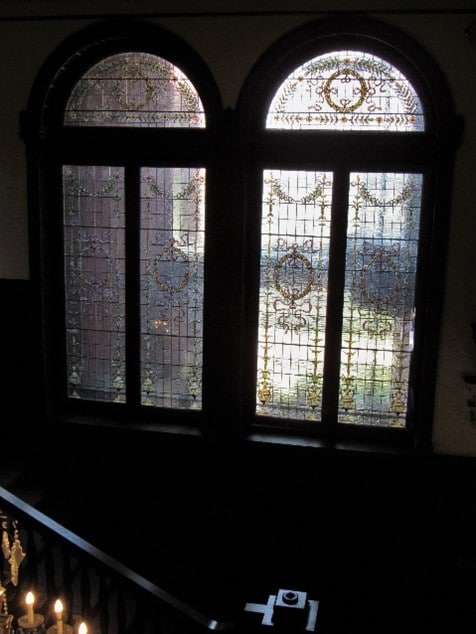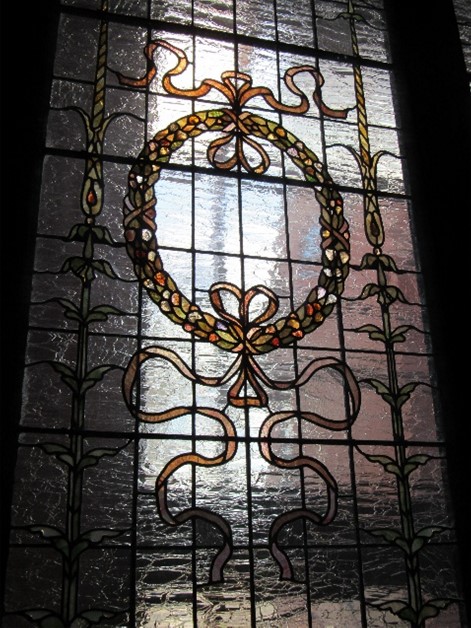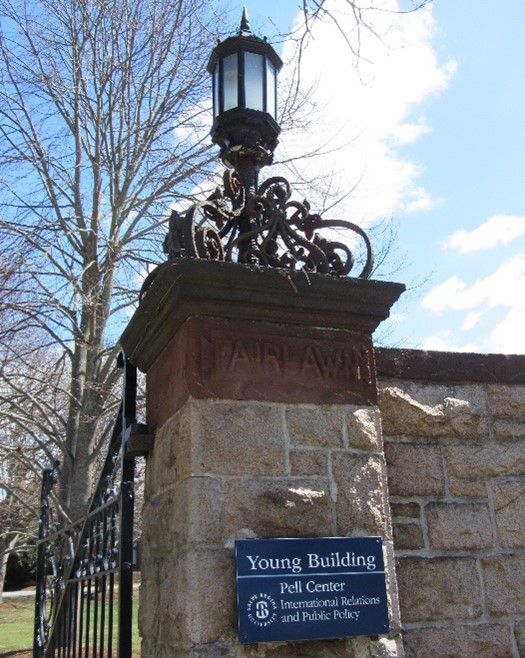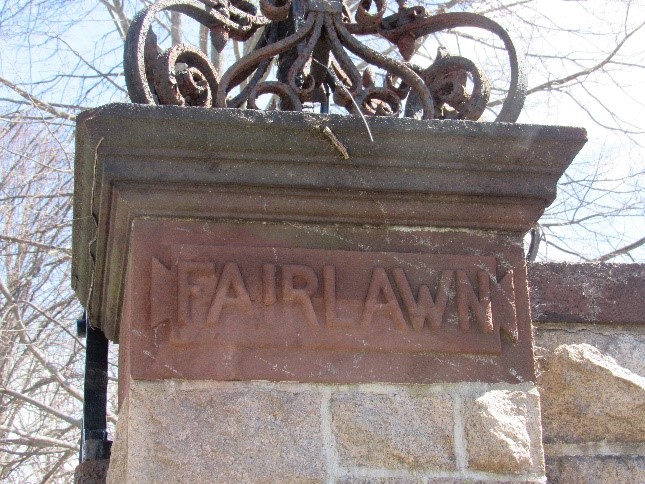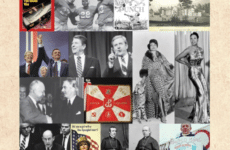By: Kimberly Earlywine | Staff Writer
Before Young, there was Fairlawn
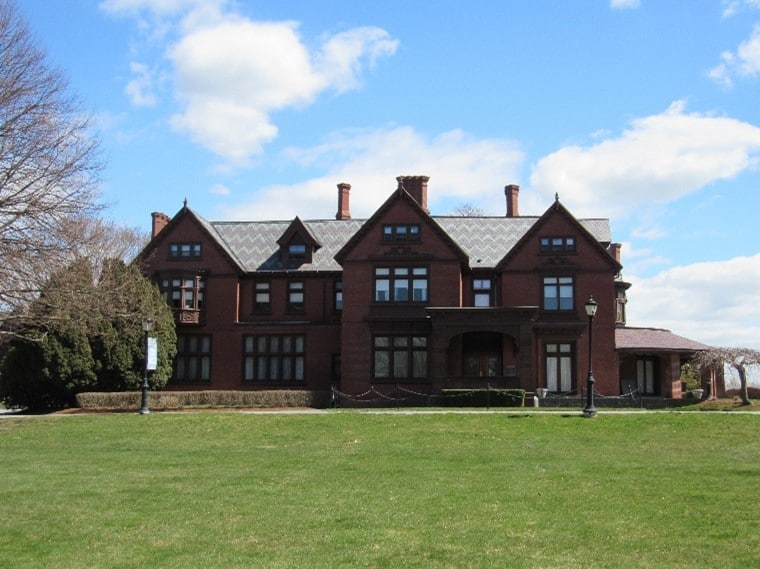
In this week’s column I will be delving into the history of Fairlawn, the building that most campus community members refer to today as Young. Built between 1852 and 1853 for Boston lawyer Andrew Ritchie, Fairlawn is one of the earlier Bellevue cottages to have been erected. The original wood-frame and brick Queen Anne, Elizabethan Revival style residence was designed by Seth Bradford and later additions from architects Richard Morris Hunt, McKim, Mead & White, and Peabody & Stearns were added.
In 1869 Levi P. Morton, who later served as Vice President to President Benjamin Harrison, bought the property from Ritchie. Morton enjoyed the home for several years without making any major changes to the original structure. This was the case until the 1870s when Morton commissioned Richard Morris Hunt to construct a mirrored ballroom in preparation of hosting President Ulysses S. Grant at Fairlawn. Expecting such an esteemed guest it was imperative that an appropriate room be added to the home for the festivities to be held in. Additionally, pun intended, family room additions designed by McKim, Mead and White were built on the second floor over the ballroom in 1881. During this construction they also added the elegant Tiffany and Co. stained glass windows above the staircase in the great hall entrance. Today the upstairs second floor is mainly used for The Pell Center and university offices.
In 1900 Morton sold Fairlawn to New York political player and iron tycoon, Isaiah Townsend Burden. Burden grew his wealth after he inherited his father’s company Burden Iron Works. His economic influence opened the door for him to become one of the organizers of the Knickerbocker Trust Co. and serve as president of Bailey’s Beach here in Newport. While Burden owned the estate architects Peabody & Stearns added the final significant change to the exterior of Fairlawn with the construction of the curved porch located at the east end of the home. After Burdens death the property was passed own to his children and remained a private residence until the 1920s.
Later Fairlawn was used as a preparatory and junior college eventually returning to residential use in the 1960s. In 1997 Salve Regina University acquired the property to house The Pell Center for International Relations and Public Policy. The Pell Center is named for Senator Claiborne Pell of Rhode Island and Fairlawn was eventually renamed to honor university benefactors Anita O’Keefe and Robert R. Young. In 1999 the Newport Historical Society awarded the Salve Regina with a historic preservation award for the Young building’s restoration and preservation. Today Young continues to house the Pell Center, while also serving as student housing, and hosts academic classes. Young is distinctive not only to students for the lengthy walk across campus required to reach it, but also for the continual fostering of education, civic engagement, and preservation it embraces within its walls.
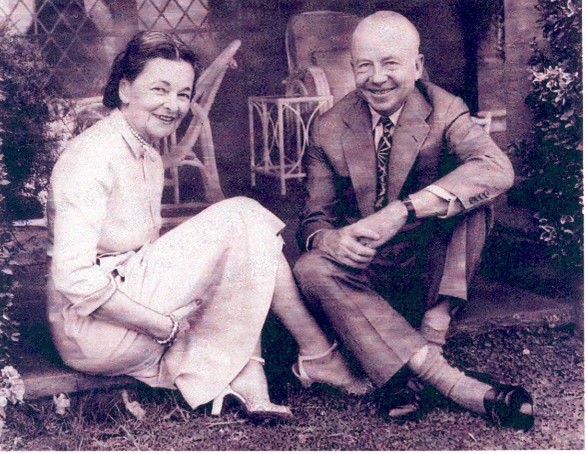
Learning inside a distinguished home such as Young is very unique, which lead me to also assume that teaching in such a place is also quite exceptional. I spoke with Dr. Timothy Neary, chairman and professor in the history department to gain some perspective about what it is like teaching history in such a historically significant building. Dr. Neary remarked “we are lucky to be in Newport, one of great historically preserved cities in the United States. I often compare teaching history on Salve’s campus to being a kid in a candy store. It’s an embarrassment of riches.”
I currently take Introduction to Public History with Dr. Neary and the course focuses on civic engagement, one of the many things the Pell Center places an emphasis on. I personally sense that this historic environment has impacted my learning, and Dr. Neary shared with me that it has also influenced his teaching saying “my teaching has certainly been influenced by Salve’s campus. The historic campus buildings, as well as nearby Preservation Society properties like the Breakers and Marble House—along with important historical sites throughout Newport representing nearly 400 years of history in the post-European contact period—all provide wonderful tools for teaching. Whether pointing out the Gilded Age interior of classrooms in Antone, Gerety, McAuley, or Young, or taking classes on fieldtrips to the Colony House, Touro Synagogue, or Great Friends Meeting House, to name just a few examples, I am able to show students brick and mortar evidence of how people lived, what they valued, and how they interacted with others during various periods in history.”
It is important to acknowledge that although it is great to emphasize the positives of this environment, there can be negatives as well. An example of the negative being individuals becoming jaded towards the mansions and history surrounding them. Dr. Neary touched on this remarking “Like the kid in the candy shop, too much of good thing can be problematic. It’s easy to take for granted our stunning campus. That’s why I am energized by visitors and the arrival of first-year students each year. Their enthusiasm allows me to see the campus with new eyes. I would add that the rarefied setting of Salve’s campus can at times wrap one in a cocoon of beauty and privilege which could lead to disengaging with issues like poverty, injustice, and inequality.”
He continued “Our Mercy mission and student research, internships, practicums, and clinical experiences throughout Newport, Aquidneck Island, and beyond, however, provide students with opportunities not only to learn about but also experience the real world. In the case of Salve’s campus history, that means not only studying the wealthy industrialist who bankrolled the estate and the prominent architect who designed its mansion, but also learning about the thousands of workers whose toil and sweat built the financial empires of the Gilded Age, along with the women and men who staffed Newport’s elaborate “summer cottages,” grounds, and stables.”
It is important for us all every now and then to take a step back and look at our surroundings with new eyes. Whether this translates to walking a different route to class, choosing a new spot on campus to study or taking a class focused on the history of Newport, these are all things that can further nourish our respect and admiration for these great buildings. I would also like to extend a special thank you to Dr. Neary for taking the time to answer my questions- I could not agree more with what he had to say.
Pictured is the Tiffany & Co. stained glass window above the great hall staircase in Young
The rounded porch added by Peabody and Stearns located at the east end of Young.
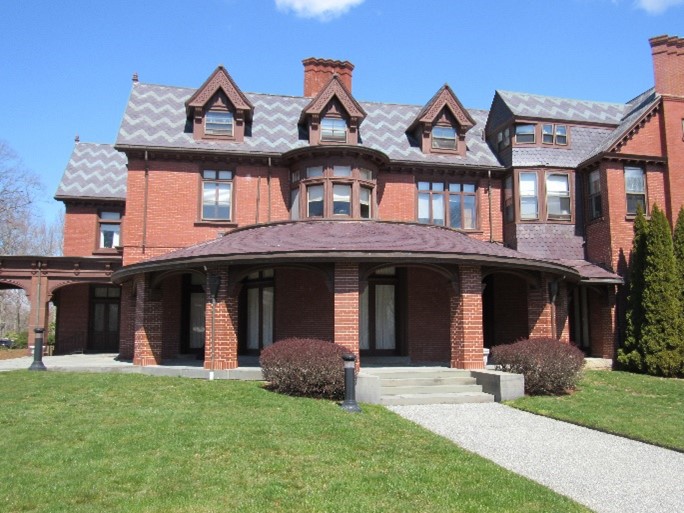
Have you ever noticed the raised lettering spelling “Fairlawn” on the entrance posts at the end of the Young driveway?
Sources:
A Walking Tour of Salve Regina University; From Gilded Age Estates to Inspired Education
Salve Regina University: Young Building
Architecture & Heritage: Salve’s Seven Estates: Fairlawn https://salve.libguides.com/c.php?g=435041&p=2965095
Fairlawn Mansion – Young Building https://www.theclio.com/entry/35660
Black & White photograph of Robert and Anita O’Keefe Young courtesy of Salve Regina University McKillop Library Digital Commons
Colored photographs taken by Kimberly Earlywine

